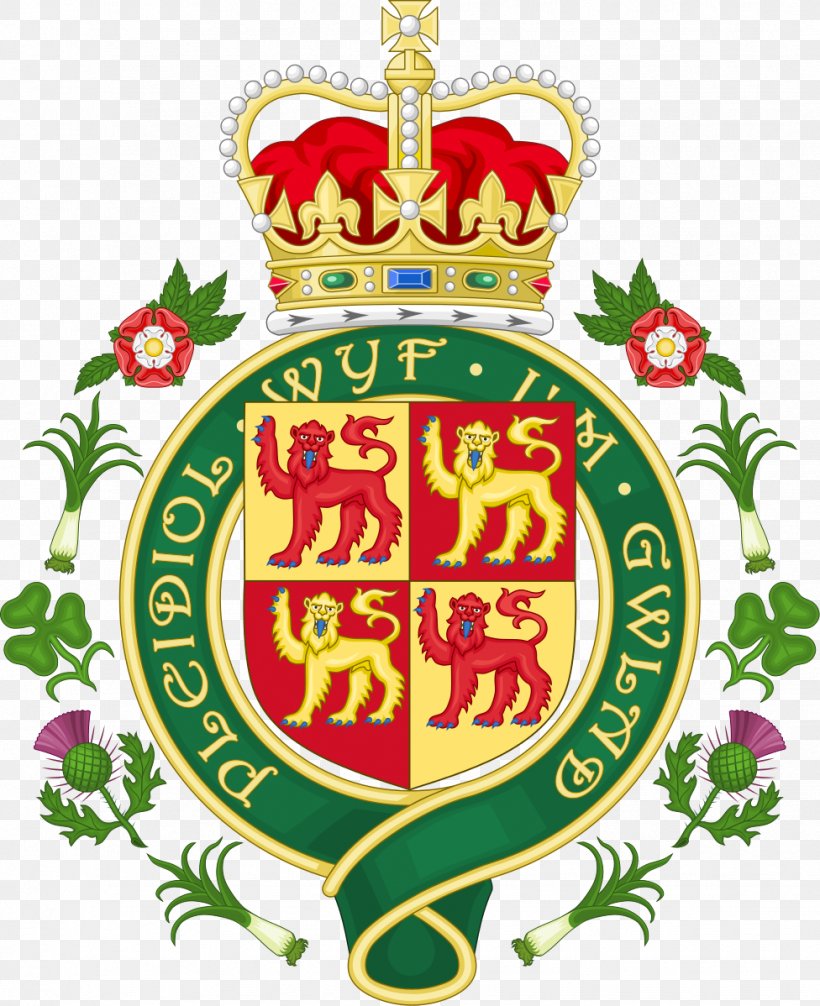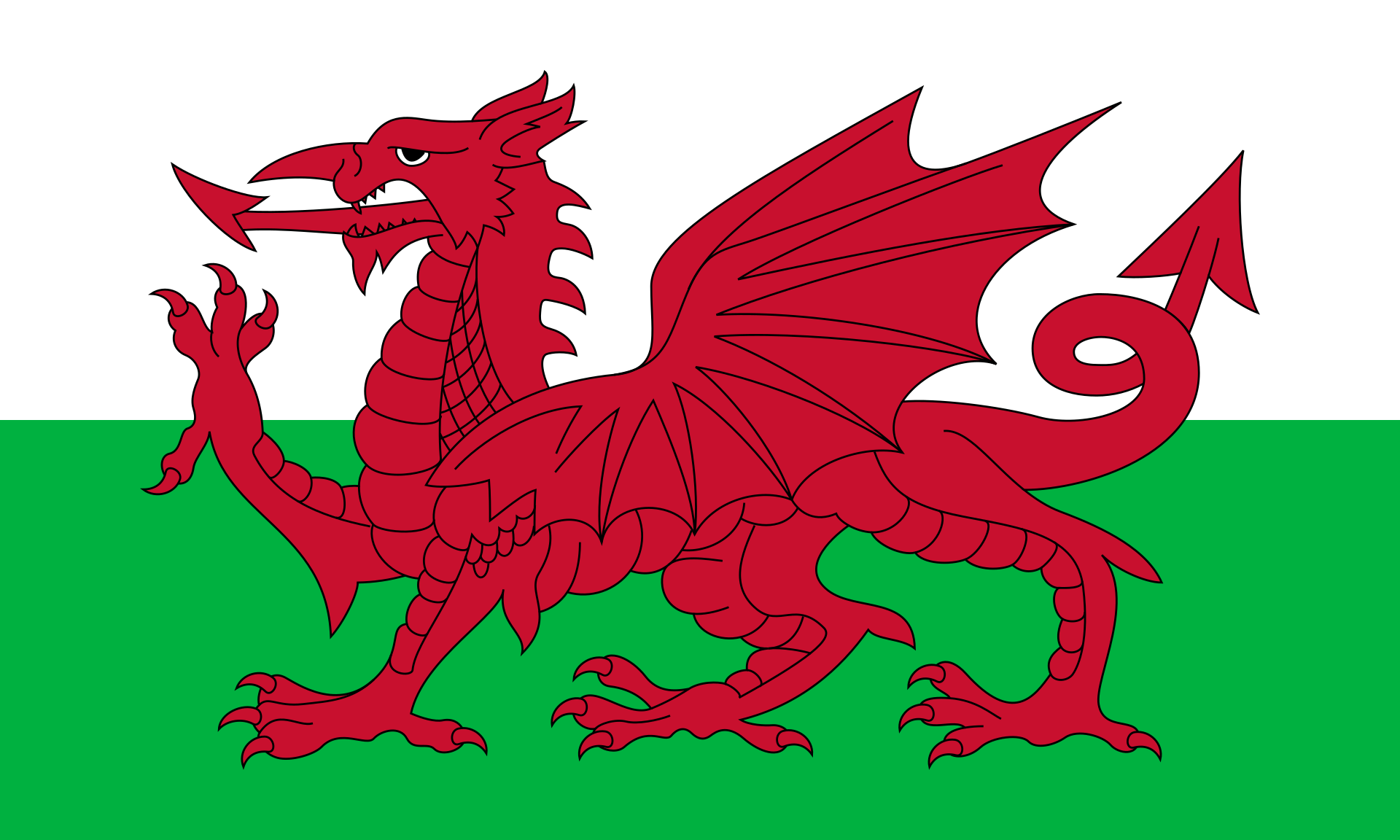
Wales

History
Culture
Climate
Landmarks
Plant and animal life
Works of Celtic art have been found in Wales.In the Early Medieval period, the Celtic Christianity of Wales was part of the Insular art of the British Isles. A number of illuminated manuscripts from Wales survive, including the 8th-century Hereford Gospels and Lichfield Gospels. The 11th-century Ricemarch Psalter (now in Dublin) is certainly Welsh, made in St David's, and shows a late Insular style with unusual Viking influence.
Some Welsh artists of the 16th–18th centuries tended to leave the country to work, moving to London or Italy. Richard Wilson (1714–1782) described in the Welsh Academy Encyclopedia of Wales as the "most distinguished painter Wales has ever produced and the first to appreciate the aesthetic possibilities of his country".
.jpeg) Although more
notable for his Italian scenes, he painted several Welsh
scenes on visits from London. By the late 18th century, the
popularity of landscape art grew and clients were found in
the larger Welsh towns, allowing more Welsh artists to stay
in their homeland. Artists from outside Wales were also
drawn to paint Welsh scenery, at first because of the Celtic
Revival.
Although more
notable for his Italian scenes, he painted several Welsh
scenes on visits from London. By the late 18th century, the
popularity of landscape art grew and clients were found in
the larger Welsh towns, allowing more Welsh artists to stay
in their homeland. Artists from outside Wales were also
drawn to paint Welsh scenery, at first because of the Celtic
Revival.
The Bard (1774)
The Bard, 1774, by Thomas Jones (1742–1803)
An Act of Parliament in 1857 provided for the establishment of a number of art schools throughout the United Kingdom and the Cardiff School of Art opened in 1865. Graduates still very often had to leave Wales to work, but Betws-y-Coed became a popular centre for artists and its artists' colony helped form the Royal Cambrian Academy of Art in 1881. The sculptor Sir William Goscombe John made works for Welsh commissions, although he had settled in London. Christopher Williams, whose subjects were mostly resolutely Welsh, was also based in London. Thomas E. Stephens and Andrew Vicari had very successful careers as portraitists based respectively in the United States and France.